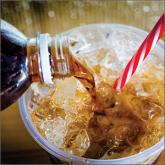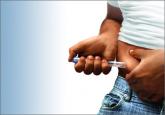Article
Type 2 Diabetes in Adolescents: We Must Do Better
- Author:
- Jay H. Shubrook, DO, FAAFP, FACOFP
Publish date: October 10, 2022
Article

What we know—and don’t—about non-nutritive sweeteners
- Author:
- Joy Dugan, MPH, DHSc, PA-C
- Jeff W. Chiu, DO
- Jay H. Shubrook, DO, FAAFP, FACOFP
- Clipper F. Young, PharmD, MPH, CDE, BC-ADM, BCGP
Here’s what’s known about the safety of these sweeteners and their effect on weight, appetite, and the risk for type 2 diabetes.
Article

Navigating travel with diabetes
- Author:
- Rachael Mullin, OMS3, MS
- Davida Kruger, MSN, APN-BC, BC-ADM, CNP
- Clipper F. Young, PharmD, CDE, MPH, BC-ADM
- Jay H. Shubrook, DO, FAAFP, FACOFP
Help patients plan ahead to manage diabetes while traveling and prepare for emergencies that may arise.
Article

Insulin for type 2 diabetes: How and when to get started
- Author:
- Jay H. Shubrook, DO, FAAFP, FACOFP
With guidelines now calling for initiation of basal insulin for patients who are not at goal a year after diagnosis, familiarity with optimal...
